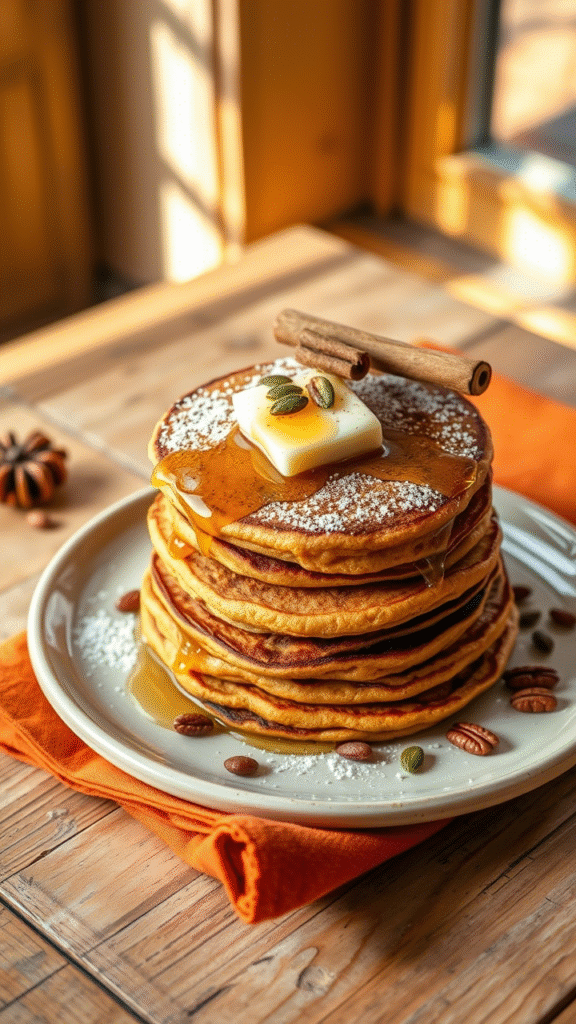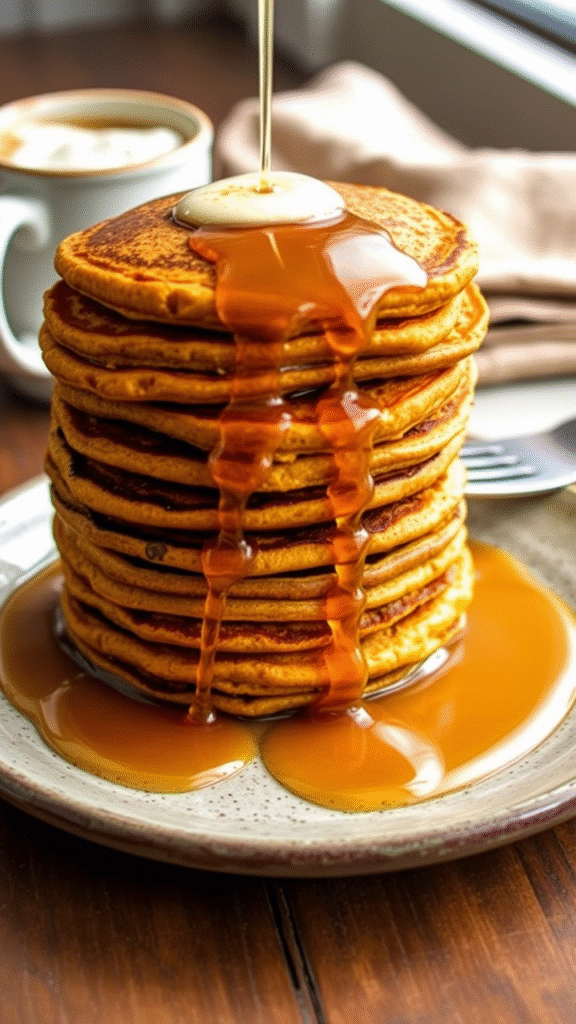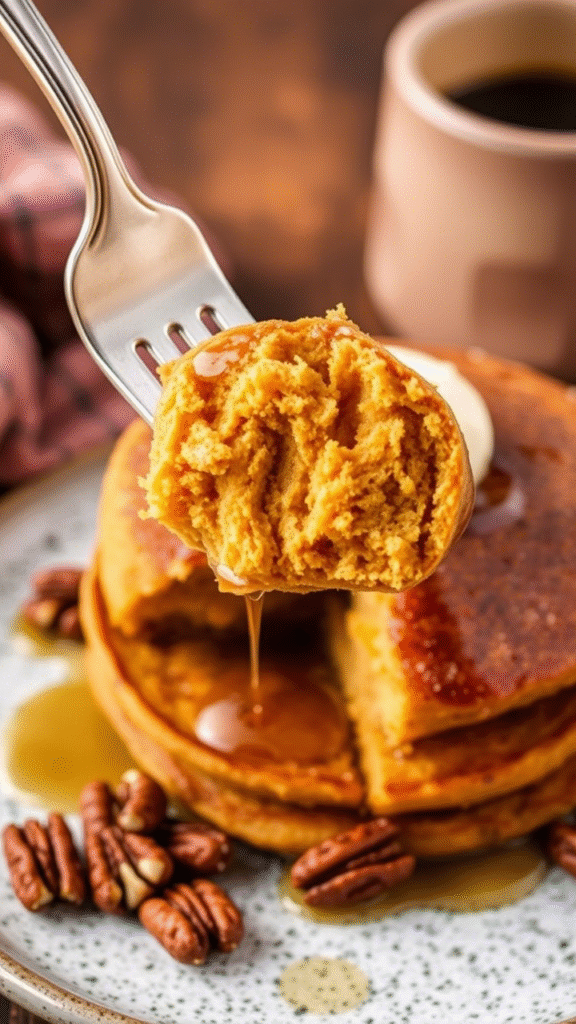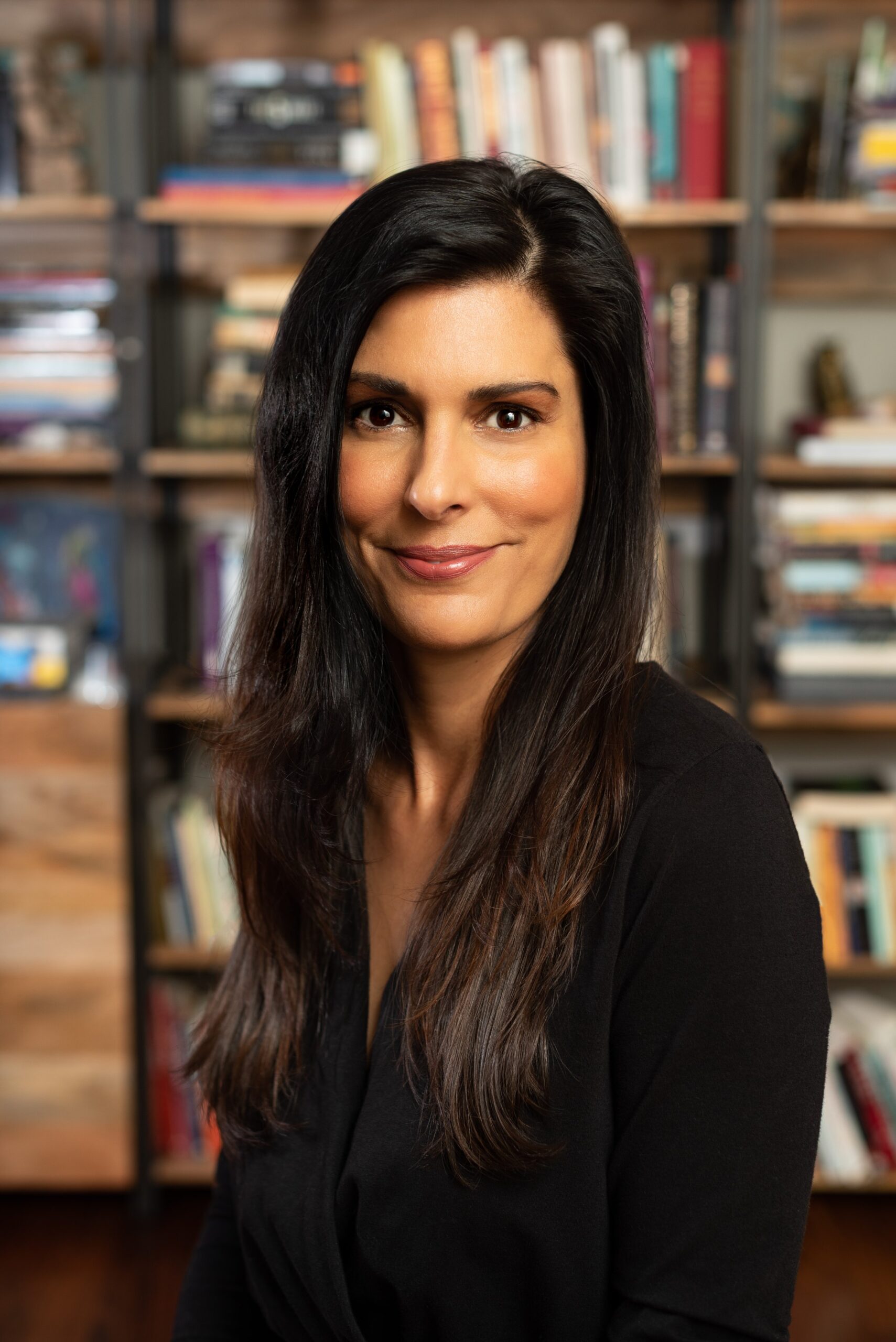It started one October morning. Leaves crunchin’ outside, air just cold enough to demand a sweater and something warm on the griddle. I had leftover roasted pumpkin in the fridge and a serious craving for pancakes. Not just any pancakes—ones that tasted like fall, like home, like the Sunday mornings I remember when my grandmother used to cook with spices so potent they’d cling to your skin ‘til dinner.
Enter: spiced pumpkin pancakes. They’re soft, fluffy, just a little dense (in the best way), and they carry the kind of deep, warm flavor that regular flapjacks only dream of. Cinnamon. Nutmeg. Ginger. Clove. These aren’t your average diner pancakes slapped on a plate with a plastic syrup packet. These? These are something else. Something layered. Something you can build a brunch around.
And no, this ain’t just about putting pumpkin purée into your usual batter. That’s lazy. This is about crafting flavor from the ground up—knowing which flour works best, balancing sweetness against spice, and using fat the right way. Whether you’re cooking in a busy kitchen or slinging brunch from a food truck, this recipe’s got depth.
What Are Spiced Pumpkin Pancakes, Really?
Spiced pumpkin pancakes are a cozy, autumnal twist on classic buttermilk pancakes. What makes them special is the blend of warm spices paired with real pumpkin (not that canned junk if you can help it). They’re thicker, richer, and more aromatic than typical pancakes.
But here’s the kicker—they’re also more technical. Because pumpkin purée adds moisture, you gotta know how to adjust the batter so it doesn’t go gummy. The spices aren’t just tossed in either; they’re layered and balanced like a perfume, each one unlocking something in the other.
They’re brilliant with maple syrup, sure. But throw in toasted pecans, brown butter, maybe a dollop of whipped mascarpone? You’ve got a plate that sings.
Ingredients & Substitutions

Pumpkin Purée (1 cup)
Go with fresh-roasted pumpkin if possible—kabocha or sugar pumpkin works beautifully. Canned is fine (Libby’s has the best texture), but check that it’s pure pumpkin, not pie filling.
All-Purpose Flour (1 1/4 cups)
Standard for good structure. You could sub in whole wheat pastry flour for a nuttier taste or even a 1:1 gluten-free blend if that’s your jam. Avoid bread flour—it’ll make the pancakes tough.
Baking Powder (1 1/2 tsp) + Baking Soda (1/2 tsp)
They work together for optimal rise and browning. Soda balances the acid in the buttermilk; powder gives that extra lift.
Brown Sugar (2 tbsp)
Adds molasses depth. Maple sugar or coconut sugar are solid swaps. Don’t go for white sugar—it’s too one-note.
Ground Cinnamon (1 tsp), Nutmeg (1/2 tsp), Ginger (1/2 tsp), Clove (1/8 tsp)
The classic quartet. You can play here—add cardamom for floral notes, or sub in pumpkin spice mix in a pinch (though it’s a bit generic).
Buttermilk (3/4 cup)
Key for tang and fluff. No buttermilk? Mix whole milk with 1 tbsp lemon juice or vinegar. Oat milk with vinegar works for dairy-free.
Eggs (2)
They bind and lift. For vegan, go with flax eggs—1 tbsp ground flax + 3 tbsp water per egg.
Melted Butter (3 tbsp)
Gives richness and helps with browning. Coconut oil or browned butter are killer variations. Oil works, but it misses that nuttiness.
Vanilla Extract (1 tsp)
Rounds it all out. Skip imitation stuff. Real vanilla’s the backbone here.
Step-by-Step Instructions
1. Prep your dry mix.
Whisk the flour, baking powder, baking soda, sugar, salt, and all the spices together in a big ol’ bowl. This step matters—clumpy baking soda? You’ll taste it.
2. Blend the wet stuff.
In another bowl, beat the eggs, then stir in the pumpkin, buttermilk, vanilla, and melted butter (make sure it’s not hot or you’ll scramble the eggs). Mix until smooth, but don’t overthink it.
3. Combine wet and dry.
Pour wet into dry and mix gently with a wooden spoon or spatula. Stop as soon as you don’t see any dry streaks. Lumps? Totally fine. Overmixing here = rubbery flapjacks. Nobody wants that.
4. Rest the batter.
Give it 10–15 minutes. Let the flour hydrate, the gluten relax. The baking powder starts doing its job. It’s a quiet moment—like a nap for your batter.
5. Heat your pan right.
Medium heat, not screaming hot. Use cast iron if you’ve got it—it holds heat evenly. Add a dab of butter or oil, spread it out.
6. Cook ‘em.
Scoop about 1/4 cup of batter per pancake. Let them spread naturally. Bubbles will form around the edges—wait ‘til they burst in the center before flipping. Should take about 2–3 minutes per side. Don’t rush it. Patience gets you golden edges and a fluffy center.
7. Keep warm.
Oven at 200°F, stack ‘em on a tray with parchment between. No soggy pancakes here.
Common Mistakes to Avoid

Using cold eggs or buttermilk.
It messes with the batter consistency and makes the butter clump. Bring ‘em to room temp first.
Pouring thick batter into a cold pan.
It’ll just sit there like paste. Preheat the pan and test with a drip of water—it should sizzle.
Overmixing.
Resist. Those lumps are your friends. They cook out.
Cooking Techniques & Science
Pumpkin is wet. Like, really wet. So you need a flour with enough protein to hold the structure but not so much it turns chewy. AP flour walks that line.
The fat (butter) isn’t just for richness. It helps distribute heat, improves texture, and prevents sticking. Browned butter adds complexity—a nutty, toasty depth that pairs ridiculously well with pumpkin.
Buttermilk does three things: reacts with baking soda for rise, tenderizes the gluten for a softer crumb, and brings acidity to balance the sweetness. You could use yogurt thinned with milk in a pinch, but it’s less predictable.
Spices aren’t just for taste—they interact with fat and heat. Clove and nutmeg get more potent as they cook. Ginger, if fresh, brings heat and aroma. Always toast spices lightly for max flavor, even if it’s just in the dry mix.
Serving & Pairing Suggestions

These pancakes are rich, so keep toppings simple. Real maple syrup, toasted walnuts, whipped cream (or mascarpone), maybe some candied ginger if you’re feeling extra.
Wanna go savory? Add a pat of sage brown butter and a fried egg on top. Trust me—wildly good.
Drink pairings? Try a strong coffee with cardamom, or even a spiced chai latte. Apple cider (warm or cold) also plays nice.
For brunch, serve with crispy bacon, roasted apples, or a sharp arugula salad with lemon vinaigrette to cut the richness.
Presentation tip: Stack ‘em high, let the syrup drip down one side, hit it with a dust of powdered sugar and a cinnamon stick just for show.
Why They Matter
These aren’t just another fall gimmick. They teach control—balancing wet and dry, playing with texture and heat. They’re a lesson in flavor layering and restraint.
Professionally, they’re a great base for seasonal menus. Play them sweet or savory. Elevate them with toppings or keep them clean. They adapt, and that’s gold in a commercial kitchen.
Final Tips
Use a ladle, not a scoop—it gives you more control. Clean the pan with a paper towel between batches to avoid burned bits. If the first pancake’s ugly? Good. That’s the test run.
Freeze leftovers between parchment and reheat in a toaster. They’re better that way than microwaved.
Experiment with squash—acorn, kabocha, even sweet potato. You’ll be surprised how each one sings a little different.
FAQs
1. Can I make the batter ahead of time?
You can mix the dry and wet ingredients separately and store them. Combine just before cooking for the best texture.
2. What’s the best way to store leftovers?
Cool them completely, then freeze with parchment between. Toast to reheat for crisp edges.
3. Can I make them vegan?
Yes! Use flax eggs, plant milk with vinegar, and coconut oil or vegan butter.
4. Why are my pancakes gummy in the middle?
Likely too much moisture or undercooking. Make sure your pan is hot enough and let the batter rest.
5. Can I use pumpkin pie spice instead of individual spices?
You can, but the flavor will be flatter. Layering individual spices gives more depth and control.

Food lover, recipe creator & the heart behind NoshCrafters.com. Olivia shares mouthwatering, easy-to-make dishes that turn everyday meals into unforgettable bites. When she’s not experimenting in the kitchen, she’s busy plating up inspiration for home cooks everywhere.